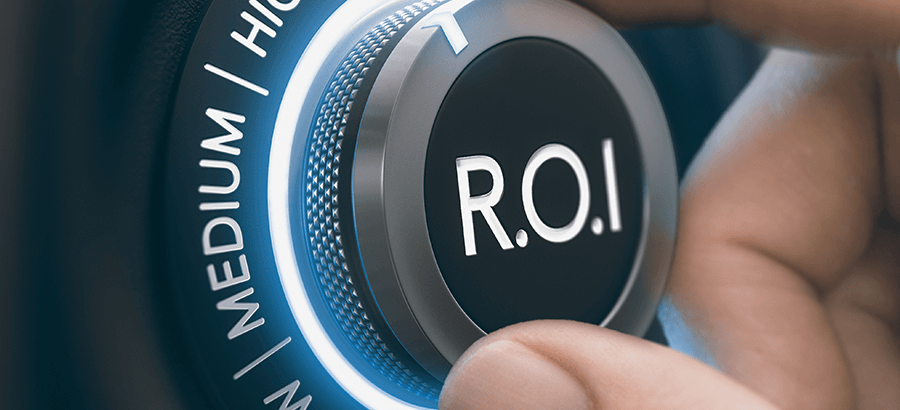We have all heard it before, ‘Sustainable Competitive Advantage’, ‘Return on Investment’, ‘Increase sales by x%’. Terms often bandied about by ERP vendors in a generalist manner citing studies and research in these areas. However, if we unpack these terms and how organizations view them vs. how ERP vendors use them, there is often little congruence between the two and mistrust and skepticism is often created.
Companies’ financial managers in assessing and selecting projects for investment, firstly evaluate and analyze each project on a basis of returns balanced against the cost and risks of the project. Thereafter, they select the most appropriate method of financing the project. In traditional investment projects, the benefit assessments can be translated into quantifiable monetary values. It is in the quantifying of monetary benefits that some issues emerge when looking at ROI for ERP systems.
Let us look at some of the subjective issues surrounding ERP ROI statements:
- On the issue of labor – if during the selection process an ERP vendor has highlighted certain efficiency gains due to the removal or reduction of labor inputs, how exactly are these translated to a return on investment? Is the company going to re-allocate the illustrated resources’ x% time saving a day in sales, procurement or finance to other activities? In other words, will the company realize actual monetary gain?
- On the issue of materials – ERP systems are known for removing waste associated with inventory due to the matching of demand with supply. There is therefore a potential to improve lower stock-holding and removing waste. However, this benefit can only be realized once, as thereafter we can assume stock holding will be in balance with demand. Therefore the improvement in working capital is realized once-off with the initial stock-holding and there is a possibility of improving working capital by the removal of on-going wasteful purchasing.
- On the issue of sales – how exactly is ERP going to improve sales by a given percentage? Within any given market demand is determined by the consumer and as a participant supplier within that market, you may not be able to influence the market demand. Yes, there may be promotional activities to entice a larger percentage of the market, but this isn’t necessarily attributed to ERP. There is however an argument that with stock forecasting optimization you are able to better meet the demand of the market, but you may not necessarily influence its purchasing behavior. In other words, you may reduce the number of lost sales as a result of stock-outs, or due to improved product mix stock holdings, but there is no guarantee that sales will increase.
Finally, this leads us to the argument of Sustainable Competitive Advantage. Organizations operate within their industries based on what they are able to offer to the market – products or services. Their on-going competitiveness is predicated by their offerings and their relative, subjective demand in the eyes of the consumer. Constant innovation and meeting the evolving consumer demand is what delivers a sustainable competitive advantage.
Technology and technology adoption has long been seen as a contributor to an organization’s ability to innovate. Herein lies the true potential of what an ERP product such as SYSPRO can deliver. The ability to accelerate the flow of information, knowledge and collaboration within an organization. Improving the efficiencies core to the business as evaluated in a complete business cycle or process flow; allowing your company to focus on that which is core to what you do, as opposed to expending your energy and resources on the management of the processes. It is this very alignment of ERP systems to organizational strategy, goals and delivery of business-critical information for agile decision-making that truly delivers business advantage and benefits.
Stay tuned to Part 2 of the ‘ERP ROI Promise Game’ where we will discuss this alignment and its overarching importance to your ERP selection.






